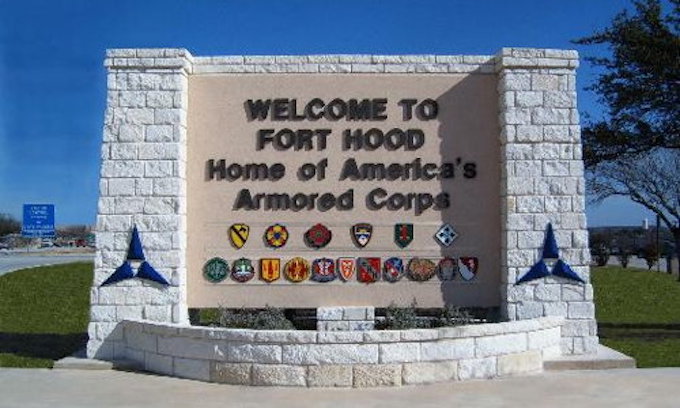In the wake of the vandalism and removal of Confederate statues and memorials that ignited by the racial tensions in Charlottesville, Virginia, a week ago, the United States Army appears to have no plans to change the names of 10 of its major bases that were named after Confederate soldiers from the Civil War.
As pressure from the Left mounts to destroy all history associated with the South during the Civil War, some attention has shifted to the 10 U.S. military bases named after soldiers who fought for the Confederacy – with each of the bases being located in the South.
Not succumbing to pressure … yet
But the Army – the largest branch of the U.S. Armed Forces – has reportedly stood firm in its position to keep the base names, as they are steering clear of the pressure exerted by Democrats, the media and Leftist groups such as Antifa and Black Lives Matter (BLM).
“[The military [has] no plans to alter Confederate base names,” Fox News reported.
When asked last week whether it intends on keeping the base names that are familiar to many Americans – which include Fort Hood in Texas and Fort Bragg in North Carolina – the Army would not provide an answer, according to The Charlotte Observer.
“The U.S. Army continues to resist changing Confederate names on [its] bases,” the Observer reported.
Resurfacing tensions
A couple years have gone by since the last time racial tensions have brought up the issue about the bases – which were named after nine Confederate generals and a colonel well after the Civil war – many of which were named in the first half of the 20th Century, when posts were being opened to train Army soldiers for combat in World War I and World War II.
“In the years between the World Wars, it became the common practice for the War Department to entertain recommended names for posts from installation commanders, corps and branch commanders, and the Historical Section Army War College, as well as from outside the Army,” the Army states in a historical analysis of the bases called “Naming Army Installations.” “Public opinion and political Influence sometime weighed heavily on the decisions.”
The tragedy two years ago that brought about the debate took place at a church – not a Civil War memorial.
“Prior to this month’s violence in Charlottesville, Va., the most recent time the names of Army bases were strongly debated was in 2015, after the slaying of nine black church members in Charleston, S.C.,” Fox News’ Benjamin Brown noted.
At the time, the Pentagon’s spokesman, Army Colonel Steve Warren insisted that there was “no discussion” about renaming the Army posts in the foreseeable future.
Observing the past, not celebrating a cause
Corroborating Warren’s assessment of the situation, the Army’s top spokesman, Brigadier General Malcolm Frost maintained that the Army was standing firm on keeping the base names – which he said were not named with any racist intensions whatsoever.
“Every Army installation is named for a soldier who holds a place in our military history,” Frost told Time in June 2015. “Accordingly, these historic names represent individuals – not causes or ideologies. It should be noted that the naming occurred in the spirit of reconciliation – not division.”
In addition to Fort Hood and Fort Bragg, the other eight Army bases under debate span the South from Texas in the West to Virginia in the East: Camp Beauregard and Fort Polk in Louisiana; Fort Benning and Fort Gordon in Georgia; Fort Hill, Fort Lee and Fort Pickett in Virginia and; Fort Rucker in Alabama.
Naming protocol
Since 1878, the protocol for naming military installments has changed numerous times, with military rank, battle records and means of death often determining whether or not the names of war heroes could be issued to bases.
The two latest revisions to the protocol took place in January 1981 – when the Army Chief of Staff was responsible for naming the installations – and most recently, June 2006, when the protocol was redefined and expanded to include categories of individuals to be memorialized. Under the current procedure, appropriate memorialization programs are listed for each category.
“The naming of installations is now the responsibility of the Assistant Secretary of Army (Manpower and Reserve Affairs),” the Army outlines in its “Naming Army Installations” section. “The Director of the Installation Management Agency is responsible for the naming of streets, buildings and facilities on all military installations – except medical installations – where the Commander of the U.S. Army Medical Command has the approval authority, and on the United States Military Academy, where the Superintendent of the United States Military Academy has the approval authority.”
The 10 bases in the South currently under debate were named based on an entirely different set of criteria – many of which were determined by individuals and organizations outside of the Army – in the first half of the 20th Century.
—-
Copyright American Family News. Reprinted with permission.




















Recent Comments